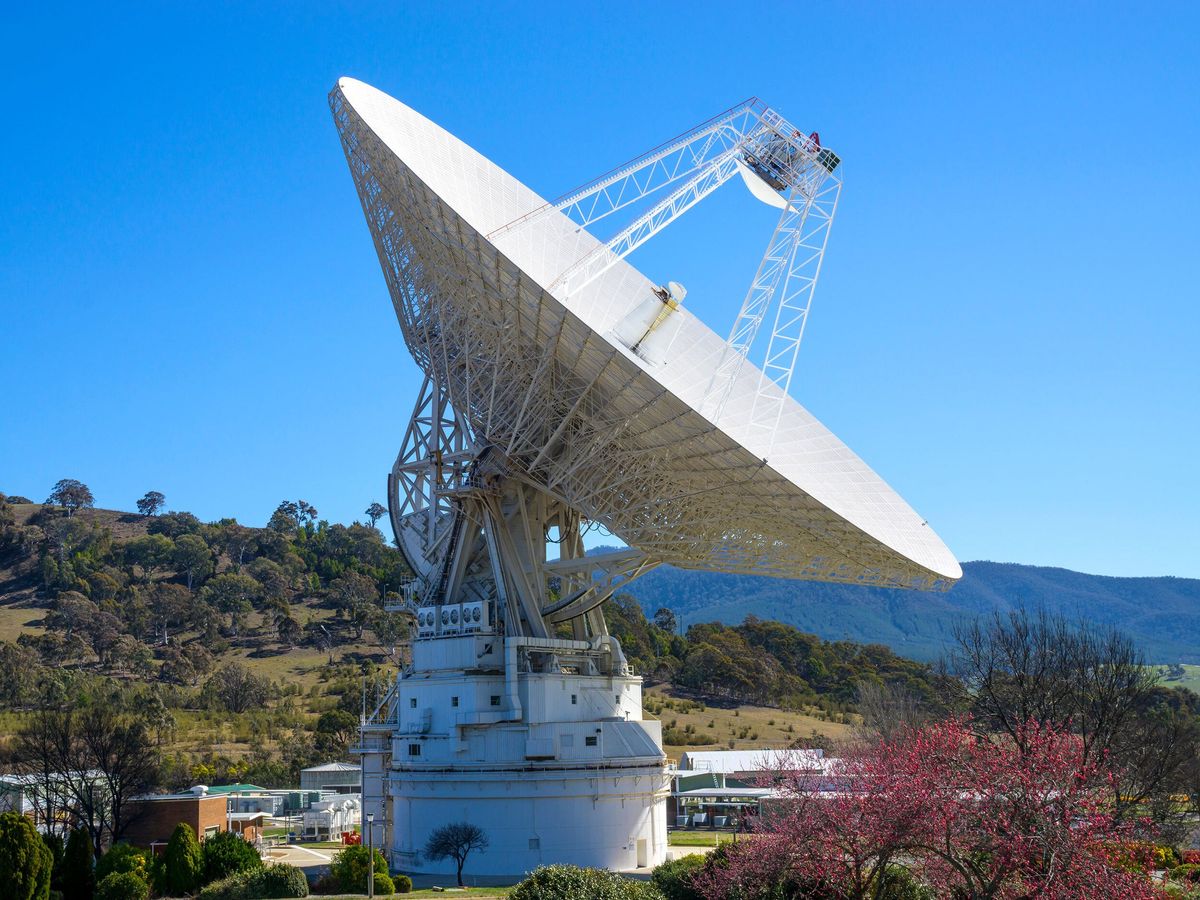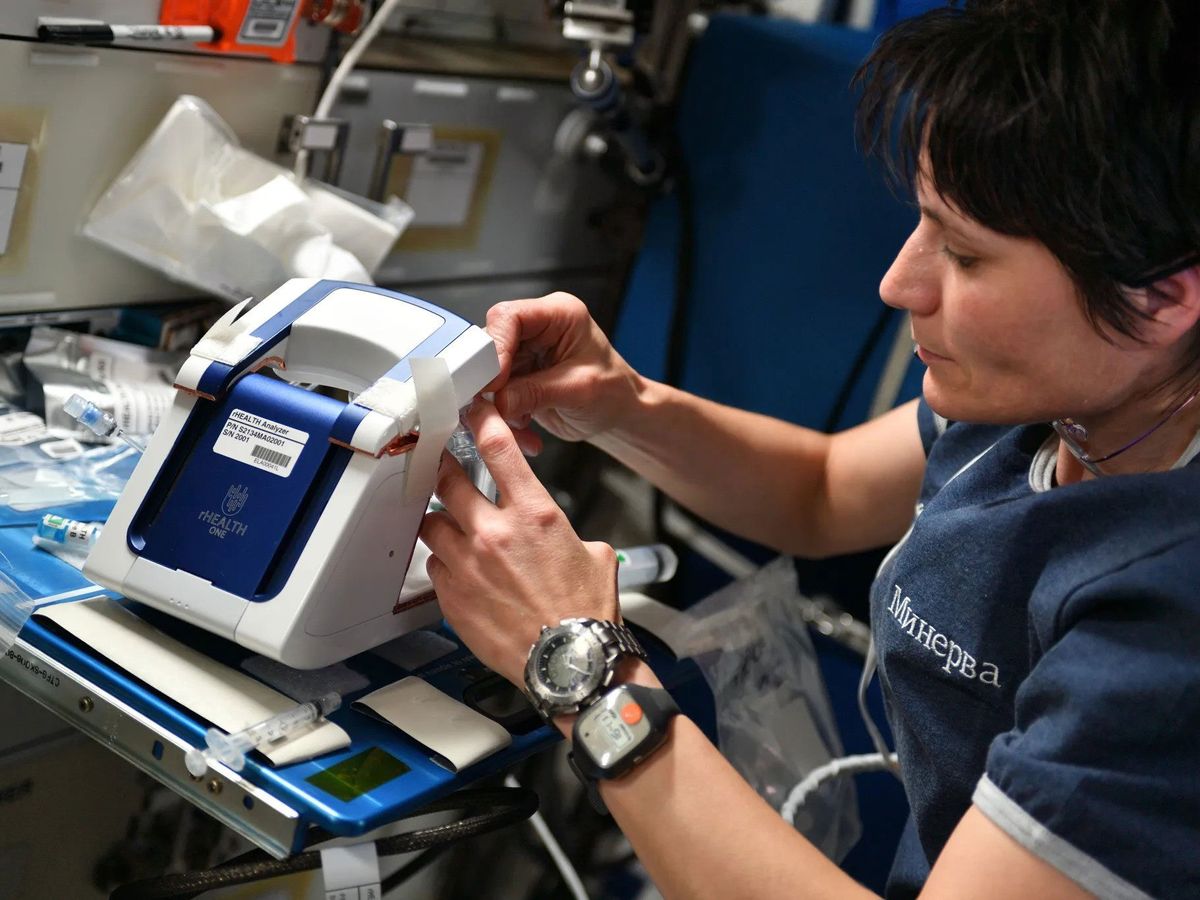In college, he studied physics and mathematics as part of his computer science curriculum, not realizing at the time that it would give him insight into weather as well. These days, weather prediction is more mathematical modeling than ripple watching, but for Carr, it’s just as much fun.
In 2005, Carr began looking at the published results of mathematical global climate models; some are available for free online, others can be obtained for a small subscription fee. He read books about meteorology. And he started making his own predictions, sharing those quietly with friends. It turned out he was pretty good at it, willing to put in hours each day understanding how models were biased, how to weight models that agreed or diverged in their predictions, and how accurate they proved to be over time for his region of the country. In 2009, when he and his friends began using Facebook, Carr began posting his predictions on his personal Facebook page.
And on 17 December 2009, he predicted that New Jersey was going to get hit by a foot of snow in two days, in a storm being minimized by the Weather Channel and local weather forecasters. Carr was a lot more right than the professionals were; that storm dumped about 18 inches of snow on the region.
The accuracy of that forecast inspired him to start a Facebook page for just his forecasts, Severe NJ Weather. By the summer of 2011 he had about 1000 subscribers; then Hurricane Irene hit last year, and his subscriber list blew up to 6000 or so. Today Carr has about 25,000 subscribers, and the numbers are growing fast as the region waits for Hurricane Sandy. (I started following Severe NJ Weather during Irene, and have been continually impressed with the accuracy of the information on the site.) He’s recently joined forces with a weather hobbyist in Pennsylvania; mostly to see how many subscribers they can gather, though they will try to sell local ads in hopes of financing their hobby.
How does Carr do it? I talked with him today to find out.
“I look at models every day, some I get for free, some from paid services. I typically look at the European model, the U.S. GFS (Global Forecast System), the Canadian model, and the NAM (North American Mesoscale), which is a U.S. shorter range model,” Carr says.
“My comfort zone is 7 to 9 days. Further out than that, I see any prediction as laughable. When something starts showing up on the models in the 7 to 9 day range, that’s when I begin lifting an eyebrow. If more than one model confirms it, I’ll post about it.
“Once I’m within one to two days of a weather event I start looking at the satellite imagery. At that point, it is now-casting, it is time to take your eyes off computer screen and look out the window.”
Carr says any engineer with a grasp of mathematics and physics and a passion for weather can do what he does. He suggests reading a basic textbook about meteorology, like The Atmosphere, An Introduction to Meteorology by Fredrick Lutgens and Edward Tarbuck, and looking at the numerical models available through the Internet; links to may free models are available on another hobbyist site, Allan’s Weather Data Page. Carr’s favorite subscription site for models is Weatherbell.
As for Hurricane Sandy, at this point Carr says the biggest threat of the storm is to the Jersey shore, where a high tide at the full moon will combine with the storm surge. He says the headlines for Hurricane Sandy will involve coastal flooding and the storm surge—not hurricane winds.
Follow Carr on Facebook at Severe NJ Weather.
Follow me on Twitter @TeklaPerry
Photos: Top left: Today's profile picture from Severe NJ Weather's Facebook page. Center right: Weather hobbyist Jonathan Carr.
Tekla S. Perry is a senior editor at IEEE Spectrum. Based in Palo Alto, Calif., she's been covering the people, companies, and technology that make Silicon Valley a special place for more than 40 years. An IEEE member, she holds a bachelor's degree in journalism from Michigan State University.





